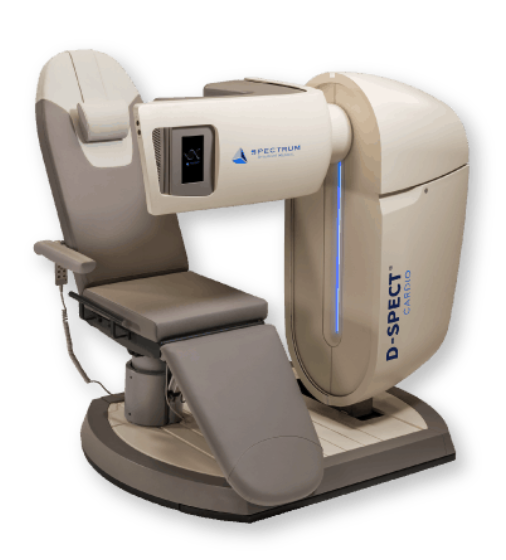Spectrum Dynamics Releases Deep-Learning-Based Attenuation Correction Solution
 TruCorr Attenuation Correction software from Spectrum Dynamics has been deployed in the US, Europe and Asia, providing users with the company’s D-SPECT digital cameras a new way to generate artifact-corrected myocardial perfusion images without requiring additional scanning sessions for the patient.
TruCorr Attenuation Correction software from Spectrum Dynamics has been deployed in the US, Europe and Asia, providing users with the company’s D-SPECT digital cameras a new way to generate artifact-corrected myocardial perfusion images without requiring additional scanning sessions for the patient.
Studies have shown that attenuation correction of SPECT images improves image quality and increases the accuracy of image interpretation. Until now, the most common way to visually address attenuation artifacts has been to scan the patient twice, using different positions. For others, an alternative option to implement correction has been to obtain a corresponding computed tomography (CT) transmission scan.
"Our initial experience with TruCorr attenuation correction has been encouraging", said Marvin W. Kronenberg, MD, Director Heart Station and Nuclear Cardiology, Vanderbilt Heart and Vascular Institute. "We have obtained marked improvement in image quality compared to uncorrected images."
TruCorr performs attenuation correction using a Deep Learning approach with data from the patient's SPECT scan. The application eliminates the need to scan the patient in two different positions, such as upright and supine or prone. TruCorr benefits sites where there is no CT scanner available. It can also free up CT scanners and staff. TruCorr averts the need for the patient to incur additional radiation dose and longer or multiple appointments.
"Many of Spectrum's unique design ideas have proven key in the development and optimization of digital SPECT cameras and have become industry standards in SPECT imaging," said Spectrum Dynamics' CEO, Gilad Yoeli. "It is our fierce spirit of innovation and agility that drives us to develop solutions that increase diagnostic confidence, increase scanner efficiency and throughput, and lower dose to the patient."
Related Articles
Citation
Spectrum Dynamics Releases Deep-Learning-Based Attenuation Correction Solution. Appl Radiol.
April 22, 2022